Mitsubishi’s revival plan for its long-dormant Ralliart performance division is still in its infancy, but the company’s ultimate goal is a do-it-all device that will provide grip and speed no matter the terrain – and this vehicular Swiss Army Knife will be based on Mitsubishi’s family-sized SUV, the Outlander PHEV.
Hiroshi Masuoka is not only a vice president of Mitsubishi Motors, but is also the general manager of the Ralliart business promotion office – the division tasked with rebuilding the Ralliart sub-brand.
Speaking exclusively with Wheels, Masuoka was candid about what was on his wishlist for Ralliart’s future flagship and first “complete car”.
“Actually, we have a concept model in testing. It has the latest PHEV technology, which has three motors – one at the front, two at the rear. It’s based on Outlander, but obviously it’s quite unique, being a prototype.
“The rear two motors are synced, so it can be working as a torque vectoring system to help steering,” Masuoka told us, describing it as a modern interpretation of the Lancer Evolution’s agility-enhancing Active Yaw Control technology.
“It’s actually a lot of fun on a snowy road. No slip!”
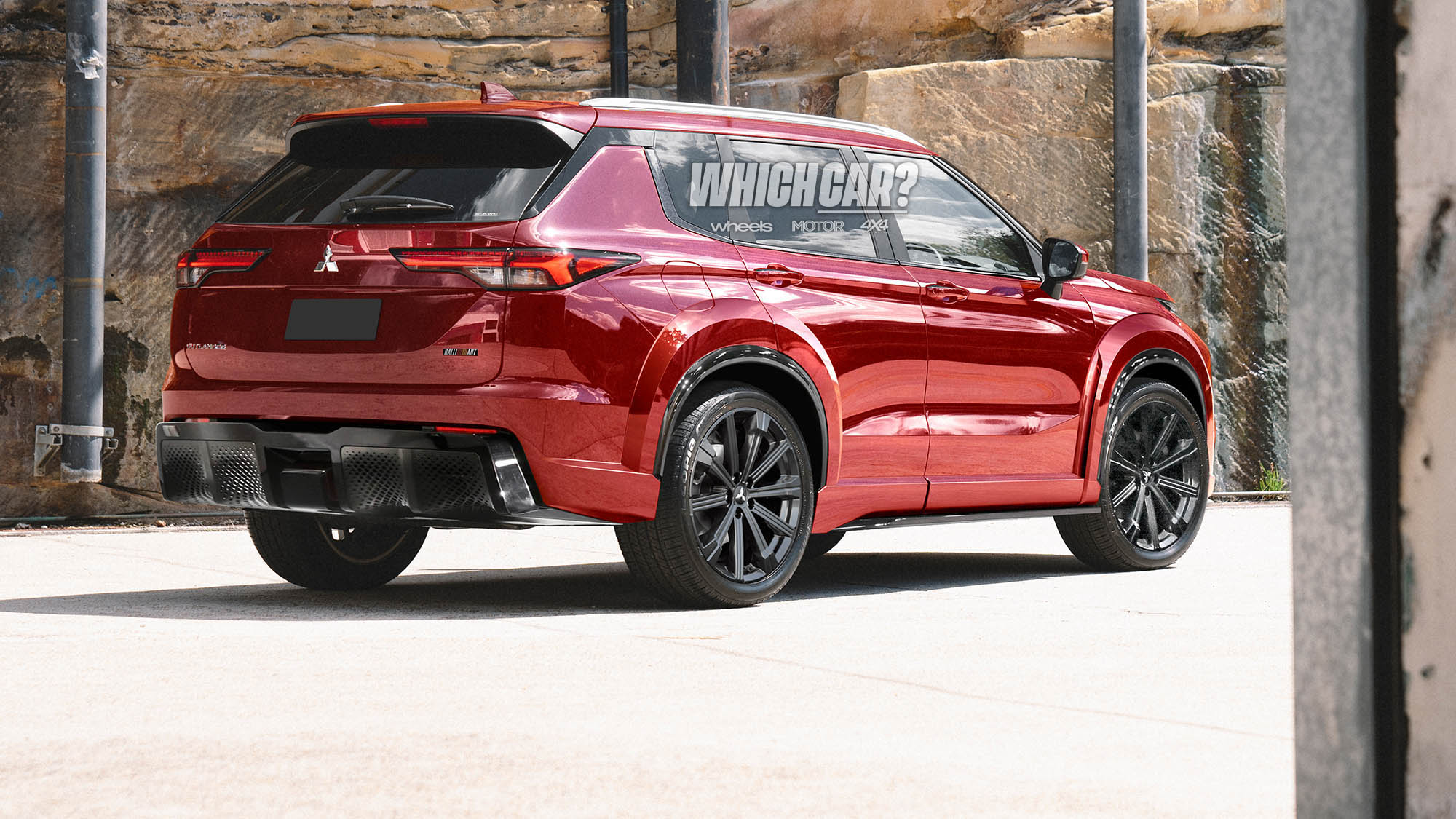
“We have a concept model in testing. It has the latest PHEV technology, which has three motors – one at the front, two at the rear.”
He obviously relishes his job. Far from being just another corporate suit in one of Japan’s biggest zaibatsu, Masuoka is a hard-charging rally driver at heart and was a former works driver for Mitsubishi during its Paris-Dakar days.
Racing from the late 80s to the late-noughties, often at the wheel of a Pajero and often finishing at the pointy end of the pack, Masuoka is not only a 21-race veteran but also achieved back-to-back wins in Dakar in 2002 and 2003. He’s got cred where it counts.
And it’s clear that he’s looking forward to infusing some of the terrain-conquering attributes of his old Pajero rally cars into the machines that are coming down Ralliart’s product pipeline. By the way he talks about what’s in the works, it sounds like Ralliart’s future road cars will be Dakar-ready right off the showroom floor – or at least close to it.
“That DNA from Dakar flows into our Mitsubishi car products,” Masuoka said. “If we were to develop the Ralliart complete car, our priority is going to be “The Almighty Model”, which can do everything with one car.”
“With Outlander we can go offroad, or have on-road comfort, or even drive a snowy road without any concerns or worries – it gives us peace of mind. But for instance, to get the road clearance we would consider to have air suspension as one approach.”
That’s something of a bombshell. Air suspension is normally the preserve of ultra-luxe limousines and gigadollar SUVs like Range Rovers and the GLS-Class – largely due to its expense to manufacture and maintain. Masuoka reckons air springs could do wonders for the Outlander’s performance, giving its suspension the adaptability required to tackle gnarly gravel trails AND tarmac twisties with the same hardware.
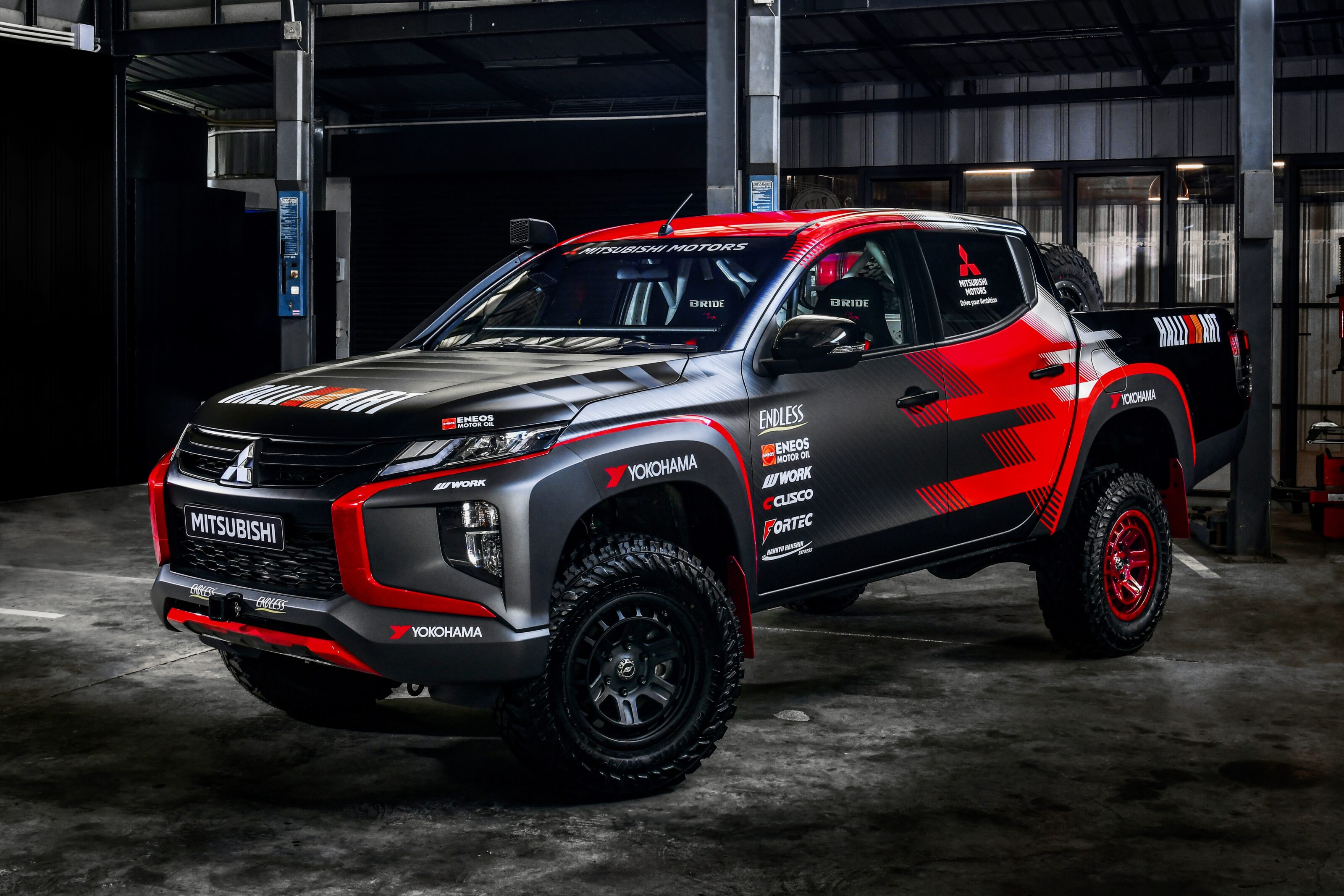
“Our priority is going to be “The Almighty Model”, which can do everything with one car.”
But when asked if adding triple-motor powertrains and specialised air suspension hardware to the Outlander would result in a car that’s not only dynamically versatile, but also prohibitively expensive, Masuoka’s answer was direct: “No”.
“When we see the future, I’m thinking and feeling that our future product will need the height control for Mitsubishi Motors’ new car, a Ralliart kind of concept. This is not committed yet, but this is our will, our thoughts and our direction.”
What of the rest of the mechanicals?
Masuoka wouldn’t go into specific numbers, but the Outlander Ralliart (or Outlander Evolution, if Mitsubishi’s previous form with the Lancer Evolution and Pajero Evolution is applied) looks set to get a significant bump in grunt to help it hurry over whatever sand dune, rocky path or mountain highway to wish to point it at.
Assuming Masuoka’s team is able to simply package another standard Outlander PHEV rear motor into the car’s rear end, that alone would add 100kW to the car’s system output and bring the total to a very handy 285kW (85kW via the standard front motor, plus 100kW from each rear motor).
Given the dearly-departed Lancer Evolution managed to deliver zinging performance with just 217kW, a 285kW tri-motor setup with a torque-vectoring rear axle sounds pretty juicy. In a happy coincidence, that output is also the same as BMW’s X3 M40i – another high-performance SUV that Ralliart would be wise to benchmark against.
Would the Outlander PHEV’s 2.4-litre on-board generator and 20kWh battery be able to supply those motors with enough juice to sustain some spirited driving, though? That remains to be seen.
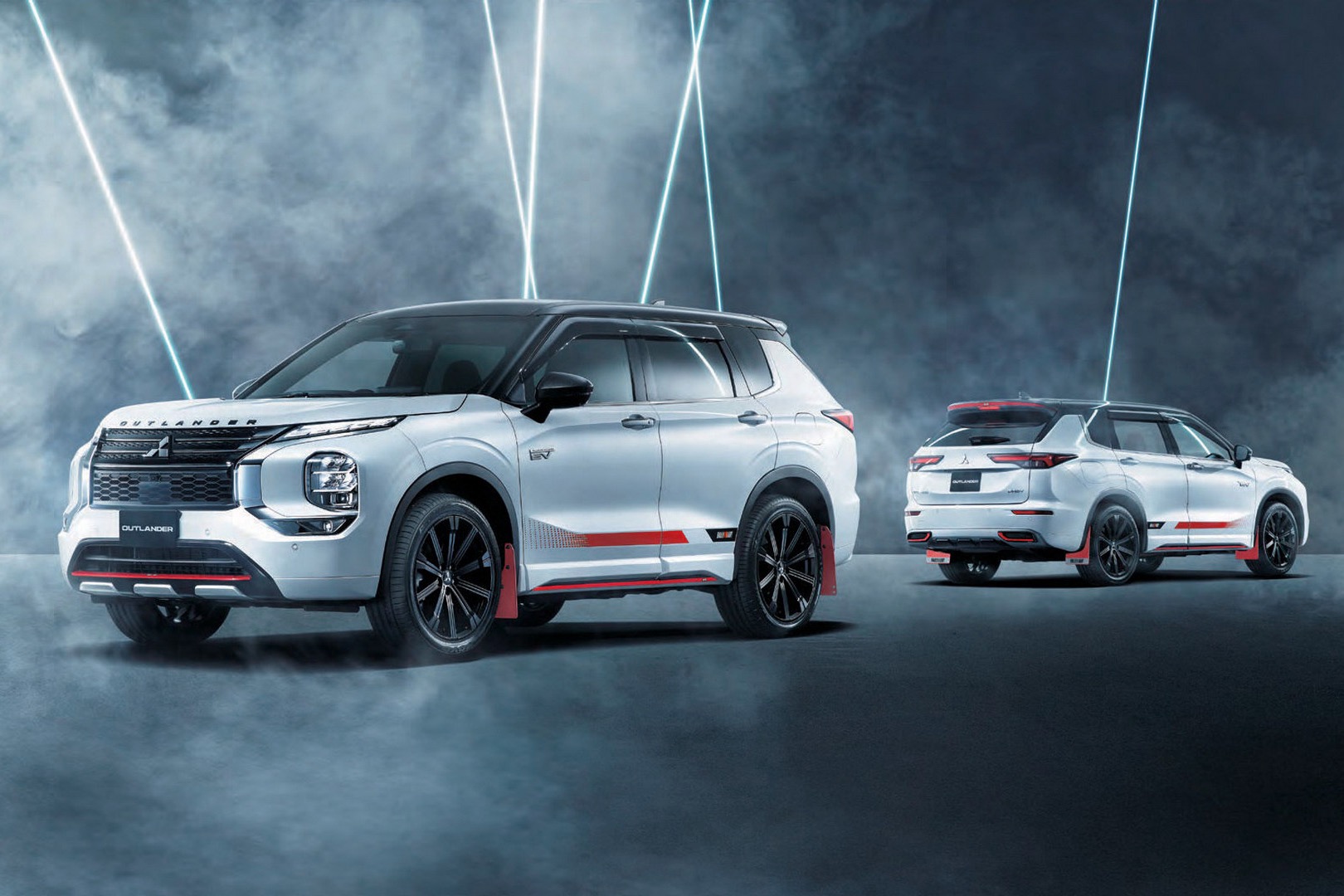
But there are other engineering challenges ahead too. Not only to deliver on the performance promise of the Ralliart brand, but to do so while keeping the Outlander Ralliart’s advanced electrified powertrain reliable.
“I believe that there is more room for us to update the performance, like power increases and things like that. It is feasible, but at the same time we need to take care of the cooling more, and the heat control,” Masuoka told Wheels.
“The performance will be increased, but at the same time those treatments [to cooling] will be needed. That’s the important part.”
Also important: how much will the Outlander Ralliart or Outlander Evolution cost? That’s anyone’s guess, given we don’t expect it to break cover until the middle of this decade. However, with the top-spec Outlander PHEV Exceed Tourer retailing for $68,490 right now, the more technology-laden performance flagship would surely push the $80K region – and perhaps nudge closer to $90K.
With an additional motor and the added cost and complexity of Masuoka’s favoured air suspension, it seems unlikely that the Outlander’s performance king will be priced within just a few grand of its more prosaic siblings – especially if the high-voltage battery needs to be any bigger than the Outlander PHEV’s 20kWh unit.
Aesthetically, it appears the final design has yet to be locked in.
The renderings you see further up in this story are heavily based on the Vision Ralliart Concept that was revealed at the start of this year at the Tokyo Auto Salon, but the final product may not necessarily look the same – or be as subtle.
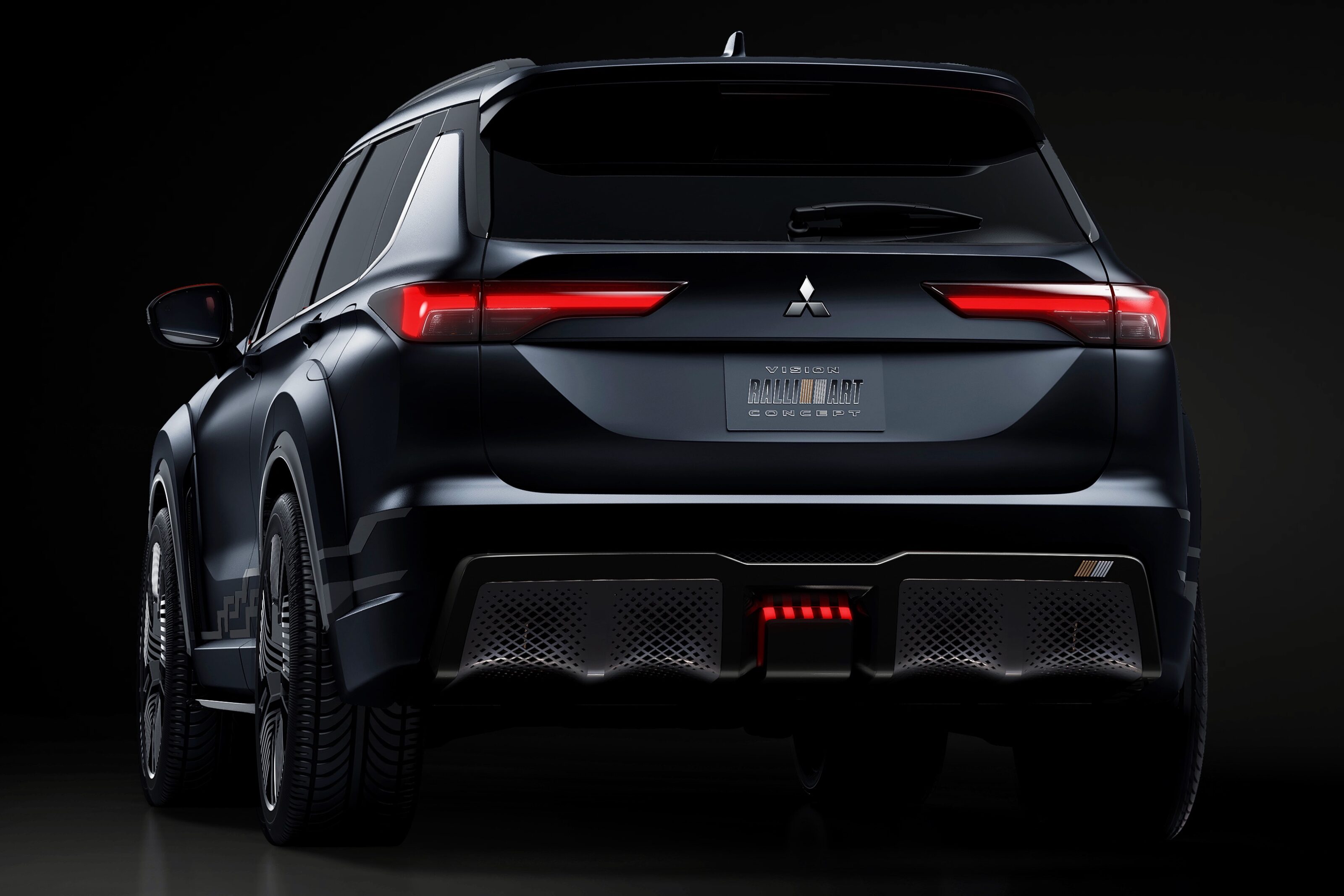
“So for example, the Baja Portalegre Outlander (below), we stretched the width to have that closer to the Pajero’s size, and that’s kind of one of our studies to see what we could do with Outlander,” Masuoka explained. Perhaps the Vision Ralliart’s wheelarch extensions aren’t wild enough?
But before we see the next generation of Mitsubishi performance cars, there’s an interim stage that needs to occur first.
The company has stated that the Ralliart resuscitation will happen in phases: the first stage has already taken place, with the rollout of cosmetic ‘dress-up’ packages in Thailand, the USA and Japan for the current-generation Triton, ASX, Eclipse Cross and Outlander, as well as the announcement of Mitsubishi’s return to motorsport with the Triton in the Asia Cross-Country Rally.
Stage two will be a little more meaningful for performance fans. Aftermarket enhancements will be released to give owners the option of tweaking their suspensions and other easily-modifiable components, with the final stage – the arrival of fully-fledged Ralliart “complete cars” – coming afterward.
“This is a restart of Ralliart,” Masuoka said to Wheels.
“It’s being born small, but will grow larger and larger, step by step. At this moment we are providing dress-up parts, but for the future we are considering to have technical parts as the next step.”
“Further, we’re going to have the Ralliart complete cars which not only have the exterior parts, but the technical parts as well. However, we need time – please wait!”
The waiting times aren’t necessarily a symptom of a lack of will on Mitsubishi’s part, but more a reflection of the complex nature of bringing modern cars to market – even when talking about simple bolt-on modifications.
“I’m feeling a little bit of stress, but I understand it requires time to solve. When we had the Lancer Evolution, technical parts development and supply was fine because it’s easily installed.
“But these days, like with the Outlander PHEV or other latest models, if we change the parts or modify the parts it requires the resetting of the S-AWC or ADAS systems, so it’s not as easy compared to the era when we had the Lancer Evolution.”
For Mitsubishi enthusiasts who’ve been patiently waiting for positive developments since the departure of the Lancer Evolution in 2015, the news that Ralliart-tuned product is returning in the form of a mid-sized hybrid SUV may not be quite what they were hoping for.
However, with Hiroshi Masuoka and his team promising a car that can carve up corners, slay at stoplights and grip on gravel – while also providing a zero emissions capability and family-friendly transport – Mitsubishi’s Swiss Army Knife approach may give it one of the most broadly-appealing mainstream performance cars out there.
Expect to hear more as we draw closer to its anticipated 2025 debut.
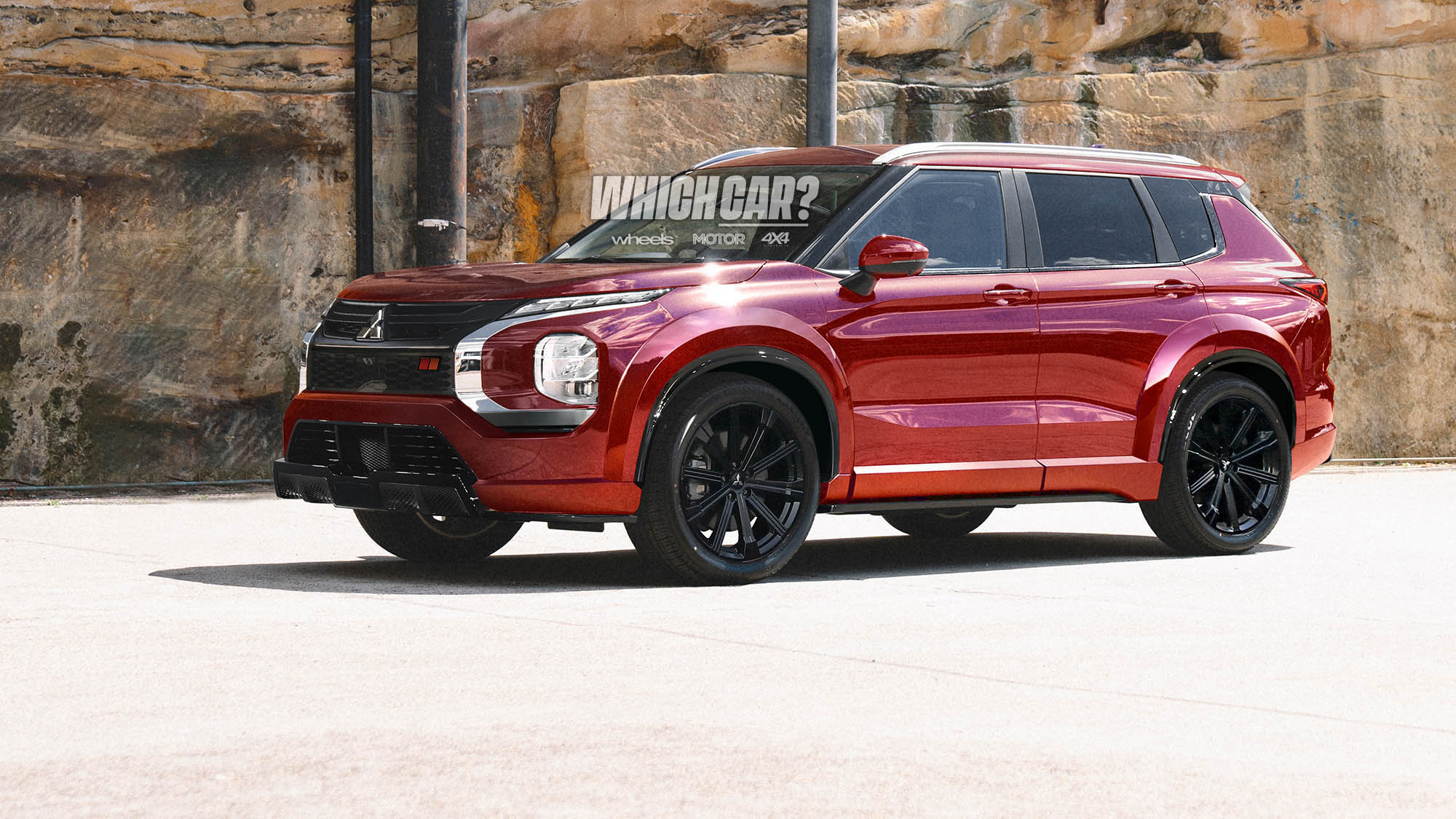
We recommend
-
 News
NewsElectrified Mitsubishi Vision Ralliart Concept revives performance arm
Future Ralliart models could take the form of electrified performance SUVs
-
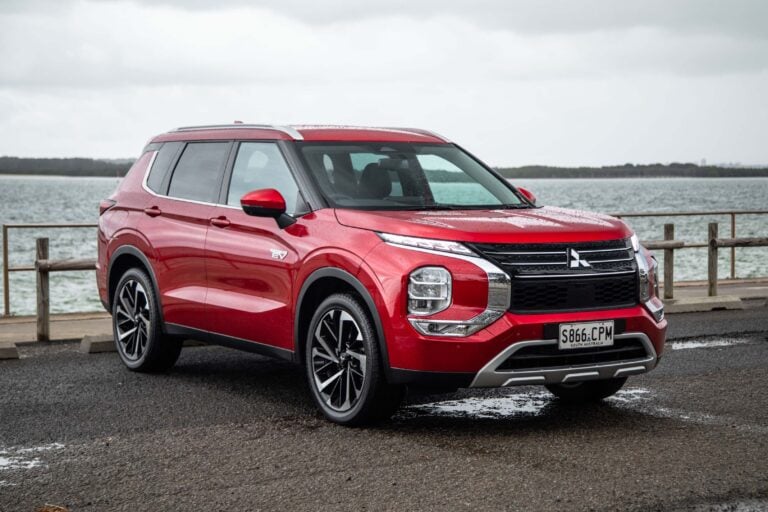 News
News2023 Mitsubishi Outlander PHEV pricing and features
Mitsubishi's latest plug-in hybrid SUV has received its first update with revised specifications and added safety technology – but with price rises of up to $1500
-
 News
NewsNew car calendar 2026: All the new cars coming to Australia next year
Here’s the WhichCar by Wheels guide to all the new cars that will launch in Australia in 2026. Check back in regularly for updates...




